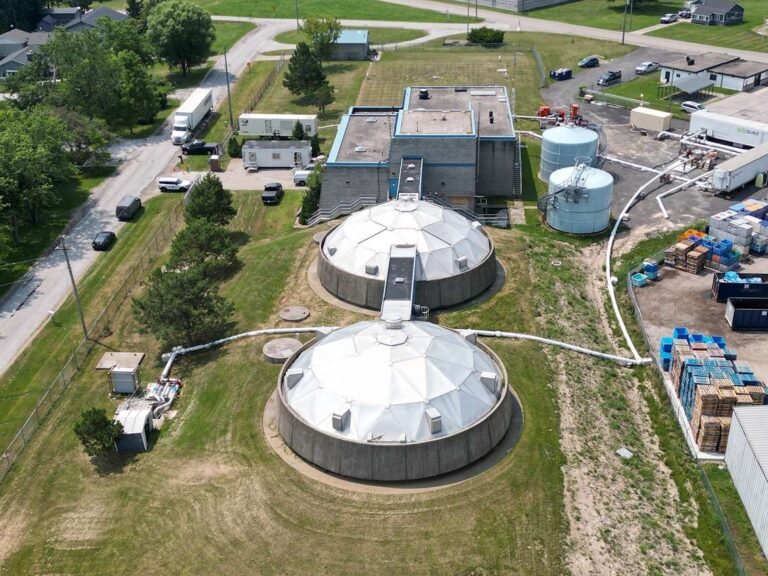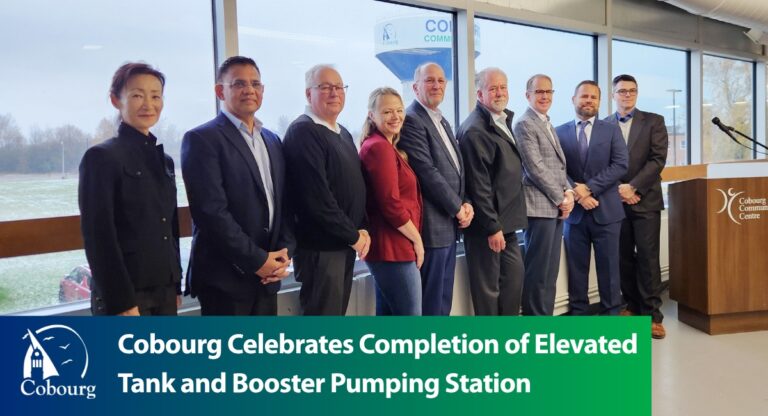This was one of the questions that Medhavi Gupta, a water design specialist a Jacobs Canada, explored as part of a research project that assessed the energy consumption of different primary wastewater treatment technologies.
Gupta presented the findings of her research, which she undertook with Western University and Trojan Technologies, at the International Water Association’s Young Professionals Conference. The event took place from June 23-37, 2019 in Toronto Ontario.
Gupta tested four scenarios using wastewater collected from the Pottersburg Wastewater Treatment Plant in London, Ontario. These included:
- Raw wastewater treatment (no primary)
- Rotating belt filter
- Chemically enhanced rotating belt filter
- Primary clarifier
She found that the scenario with the chemically enhanced rotating belt filter was the most energy positive scenario because it had the lowest aeration demand and the highest amount of methane energy recovered.
Sequential Batch Reactors for Nitrification and Denitrification
Gupta also used sequential batch reactors (SBRs) during the testing to help with nitrification and denitrification. She found that total nitrogen removal (TN) averaged:
- 54 per cent for the raw wastewater scenario.
- 45 per cent for the rotating belt filter scenario.
- 30 per cent for the chemically enhanced rotating belt filter scenario.
- 29 per cent for the primary clarifier scenario.
Conclusions
Some of the main conclusions of Gupta’s research include:
- The “rotating belt filter offers an alternative to primary clarifiers.”
- “Excessive carbon removal by a chemically-enhanced rotating belt filter can compromise overall nitrogen removal.”
- A chemically enhanced rotating belt filter is an ideal option for carbon diversion in scenarios, such as anammox, that have a low chemical oxygen demand to nitrogen ratio.











